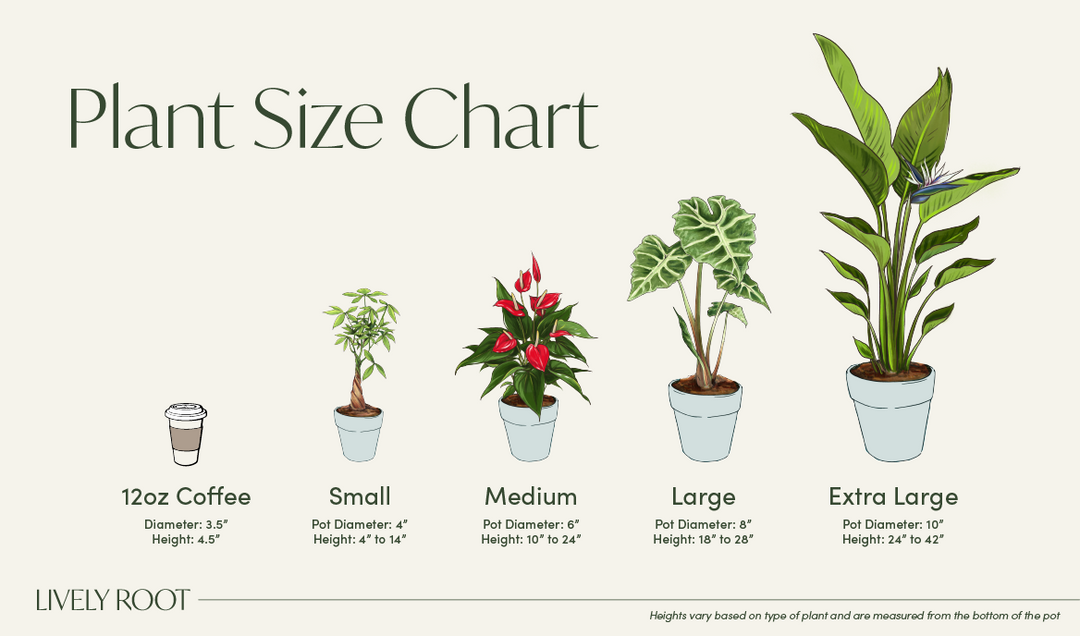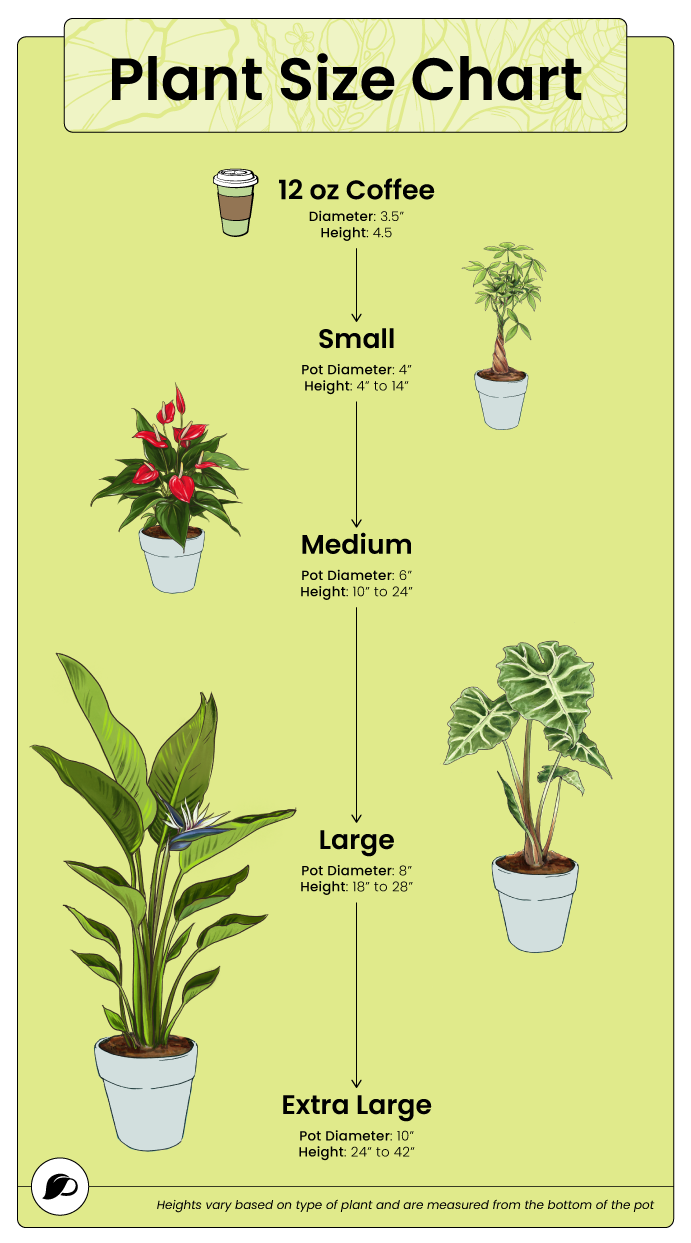Welcome
You have points
Recently viewed
Wishlist
Sign in to access your favorites


No muss, no fuss. This dwarf olive variety is non-fruiting, but you still get the form and Mediterranean look. They make a beautiful potted specimen on an outside patio or next to a statuesque figure in an Italian-style garden. Use them in a formal setting or arrange them in a casual grouping next to rosemary, lavender, and a citrus tree.
Care Level: I'm Easy
Pet Friendly: Yes
Safe for pets!
Origins: The olive was native to Asia Minor and spread from Iran, Syria and Palestine to the rest of the Mediterranean basin 6,000 years ago.
Fun Facts: Fossil evidence i...
Fossil evidence indicates the olive tree had their origins 20-40 million years ago in the Oligocene region corresponding to Italy and the eastern Mediterranean Basin.

Enjoys bright, direct sunlight.
Use filtered, bottled, or tap water sitting 24 hours to release the chemicals and water enough that the water discharges out of the drainage holes. Once the water is fully drained, replace them into the cache or decorative pot.
Requires no extra humidity
Keep this plant in rooms where the temperature is a comfortable 65°F-80°F and avoid cold drafts below 40°F.
Outside: Keep them in full sun (6-8 hours) on a patio where nights are above 40°F.
Apply at half-strength a balanced, liquid fertilizer especially formulated for indoor plants several times per month during the growing season between April and August. A slow release balanced fertilizer can be used as a top dressing instead of a liquid fertilizer. Avoid contact with the leaves to prevent leaf burn. Wash off the leaves if any fertilizer splashes onto them.
When receiving the Dwarf Olive plant, do not repot immediately but wait at least 6-12 months or if the roots are beginning to get crowded and growing through the drainage holes.
Repot in the spring, using a 2 inches bigger pot to keep the roots drier. (Too big of a pot could cause the soil to dry slower, which is not helpful.)
Place a piece of screening at the bottom of the container over the drainage hole to secure the soil and allow to drain. Use a succulent or cacti indoor potting mix with perlite to help with drainage.
Water your plant in the old pot before transferring over and let them sit an hour.
Add soil to the bottom to elevate the root ball. Lift the plant and release the roots against the existing planter. Use a clean knife or garden trowel to wedge between the pot and the soil to loosen.
Inspect the root ball. Notice if there are any dead or rotting roots and trim off with sterile pruners. If the plant is rootbound, cut through the roots to alleviate continued encircling.
Ensure the plant is sitting about 1 inch below the edge of the pot to avoid water spillage. Add more soil and backfill around the sides by tamping down. Fill up to the soil line but not over.
Water thoroughly, leaving the soil damp but not soggy. If settling occurs, add more soil.
Water well to dampen the soil and let drain.
Prune your Dwarf olive plant during dormancy in the autumn and winter to keep them compact. Prune their branches to keep an attractive appearance. Use sterilized and sharp hand pruners to cut the stem at a 45° angle, 1/4-inch above where a leaf attaches to a limb.
In the growing season, hydrate the plant the night before taking cuttings. Take a young stem cutting between 4-6 inches long with several sets of leaves attached. Make the cut 1/4-inch below one of the sets of leaves.
Remove the lower leaves to expose the nodes (the spot where the leaves were attached)
Dip the end of the cuttings in water, then in a rooting hormone.
Use a pot with drainage. and place the stem 1-2 inches down into the damp, well-draining, moist potting soil mix amended with perlite. Tamp down around the stem to secure.
Place a clear plastic bag over the cutting to mimic a greenhouse and mist the bag. Set them in bright, indirect sunlight while they are rooting.
Check the moisture and humidity each day and add misting to keep the soil moist while the roots establish.
After 6-8 weeks, roots will begin to establish. You can tug onto the stem to ensure the roots are secure. Cut a slit in the plastic bag and continue to keep the plant's soil damp until rooting has developed. This will help acclimate the plant to normal humidity levels.
Once the roots are secure, transplant to their new home and place them in bright, indirect sunlight and water each week, providing them necessary temperatures and humidity.
Follow us @livelyroot & show us your #livelyroot plants


Get access to your rewards, referrals, and more